
Students will explore the phenomenon of length of day that is created by Earth's tilt on its axis in relationship to its orbit around the sun. Students will collect and analyze data about the length

Students will use empty soda bottles and a heat lamp to model the greenhouse effect that is essential for life on Earth. They will collect data and use it to create a graph of their findings.
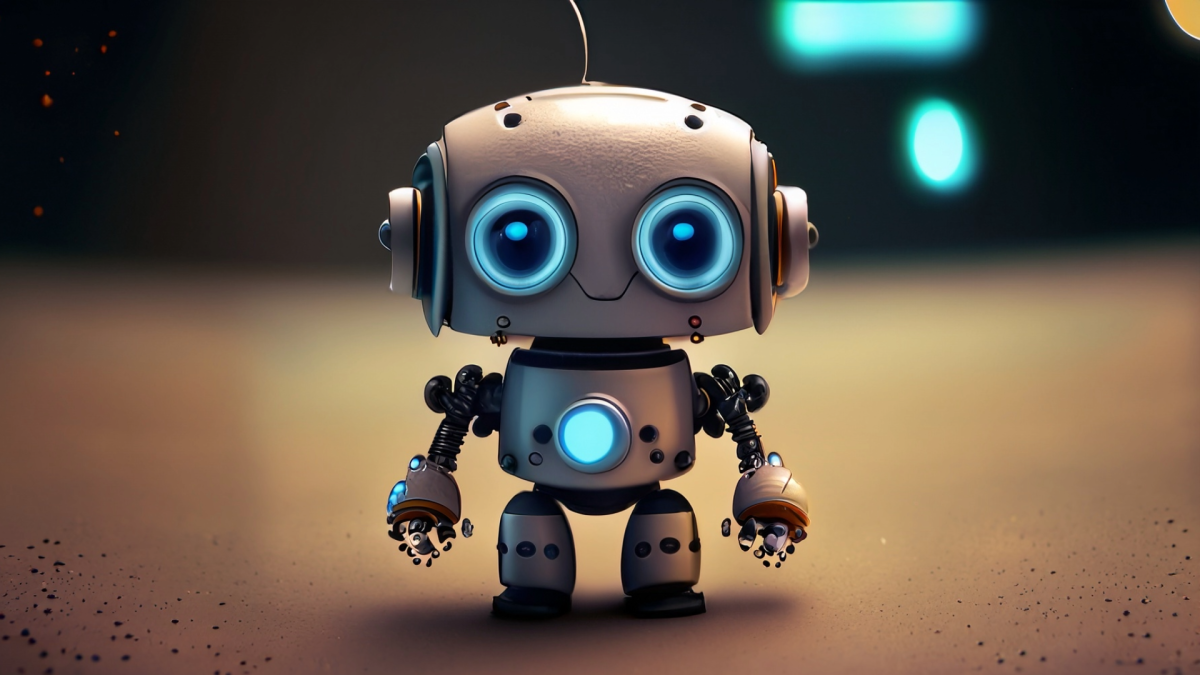
This is the first of a series of lessons where students will build a robotic rover using the BBC micro:bit. In this lesson, students will determine the proper diameter for M3 bolts by making test

In the unit, students will identify ways abiotic and biotic components work together in an ecosystem and what happens when it's disrupted through a analyzing wildlife roadkill in Arizona. Students

Coding a robot to solve a math problem has made math even more fun! In this lesson, students will work with a partner to write a code that will enable the robot of their choice to successfully solve

In this lesson, Kindergarten students create a program that will teach their robot how to solve a simple addition problem. This lesson reviews prior learning students have already received regarding
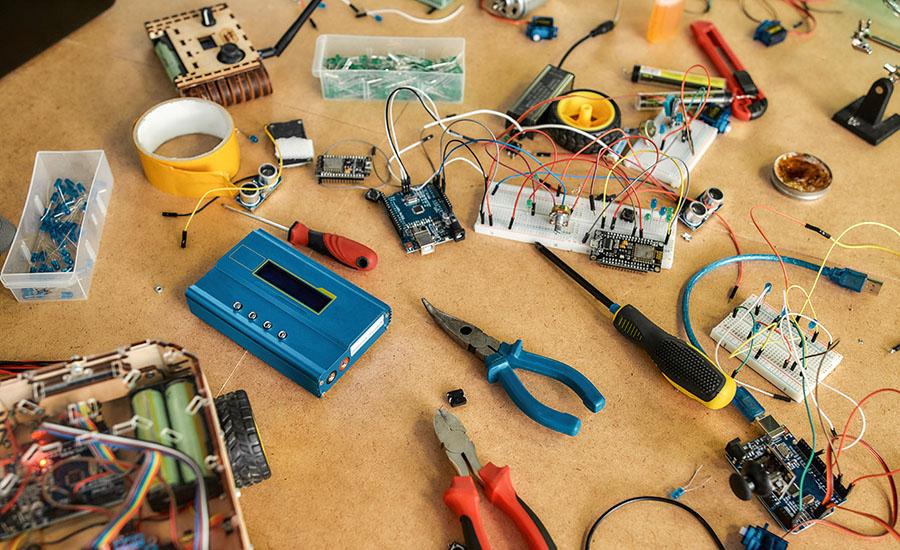
The goal of this engaging science lesson is to deepen students' understanding of magnets, electromagnetic forces, and their practical applications in real-world technology. Aligned with the 7.P2U1.1

Students will explore bird habitats and research how natural and human-caused changes to habitats or climate can impact populations. They will participate in an engineering design challenge to model a

After completing a unit on weather, students will be challenged to research, design, construct and attach a snow plow to their Edison robot. Then they will create a scratch code that will navigate
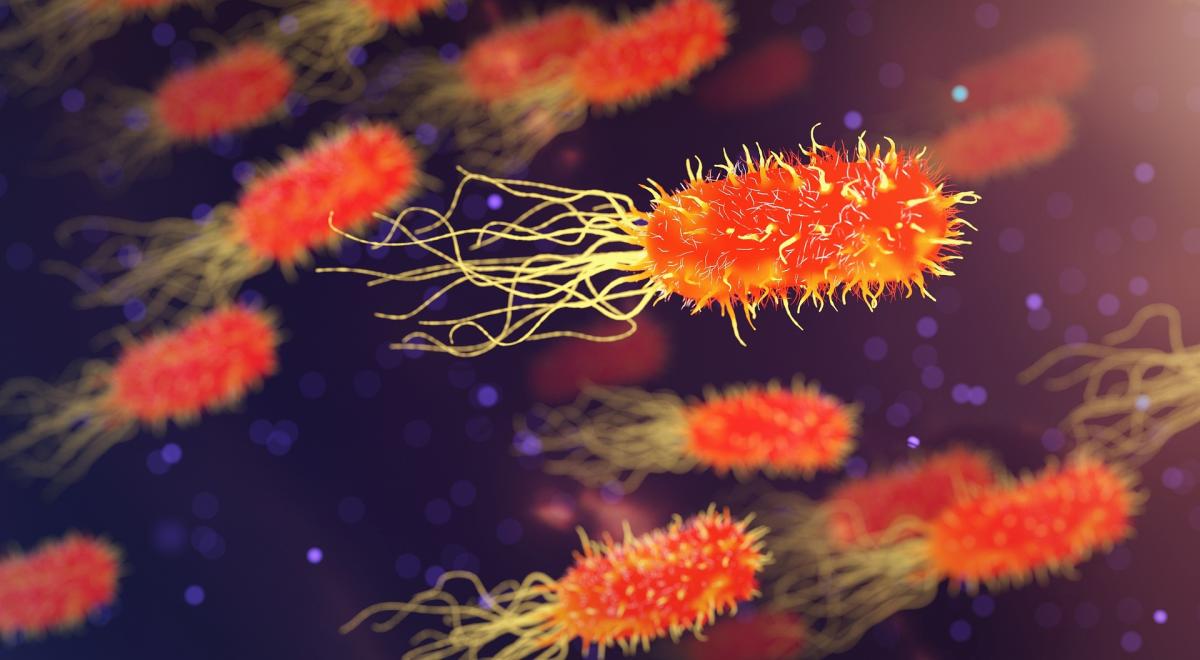
This lesson introduces the students to what are antibiotics, how they work, and why they are important. At the same time, it also talks about how an organism becomes antibiotic resistant. The students

In this lesson, students use the Kepler’s Laws PhET Simulation to collect data on the period and average radius of the planetary orbits. They graph and analyze that data to derive Kepler’s 3rd Law.
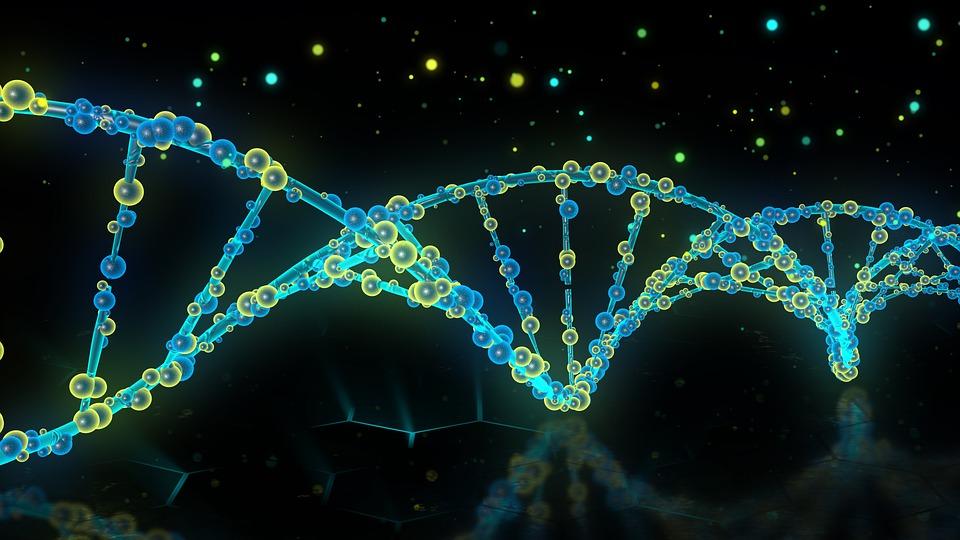
In this lesson students will use everything they've done in parts 1-3 to analyze how mutations affect proteins. Students will build the mutated proteins that they sequenced in part 3. They will test
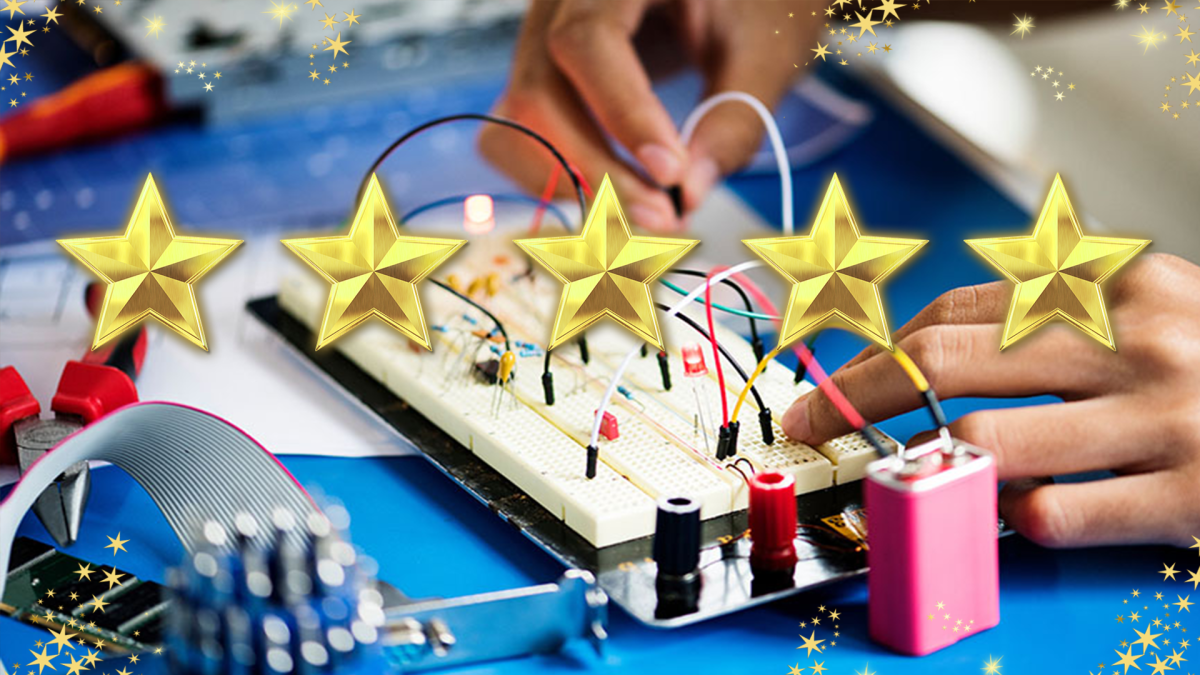
A Shocking Dystopia: STEM Adventures in The City of Ember Part 3 of 4: A Problem in the Greenhouse
This lesson is PART 3 of a four-lesson unit, which focuses on futures thinking, the phenomenon of electricity, closed-system agriculture, and water as a renewable energy resource. “The City of Ember”

This lesson uses a PhET Simulation to allow students to collect data on the orbits of planets around our Sun, then summarize and share their results. It is designed for students in Grades 9-12.

Students will learn about the light sensor on the Circuit Playground Express and how it can be used as an automatic switch to turn a device on or off. They will learn about the thermometer sensor on

Students will learn and recall about the different parts and components of an Adafruit Circuit Playground Express. Students will be able to program an Adafruit Circuit Playground Express

This lesson is designed around competition. Competition is a driving force behind natural selection. If something can survive to reproduce, the traits are passed on. Students will be completing

Students will explore how gravity plays a role in orbits and the attraction between objects in space, using online simulations. In addition to the online simulations this lesson contains ideas for

In this lesson plan, students will be able to build a simple electric motor and study how simple changes affect the motor's rotation. They will learn how energy comes in many forms, and how electric
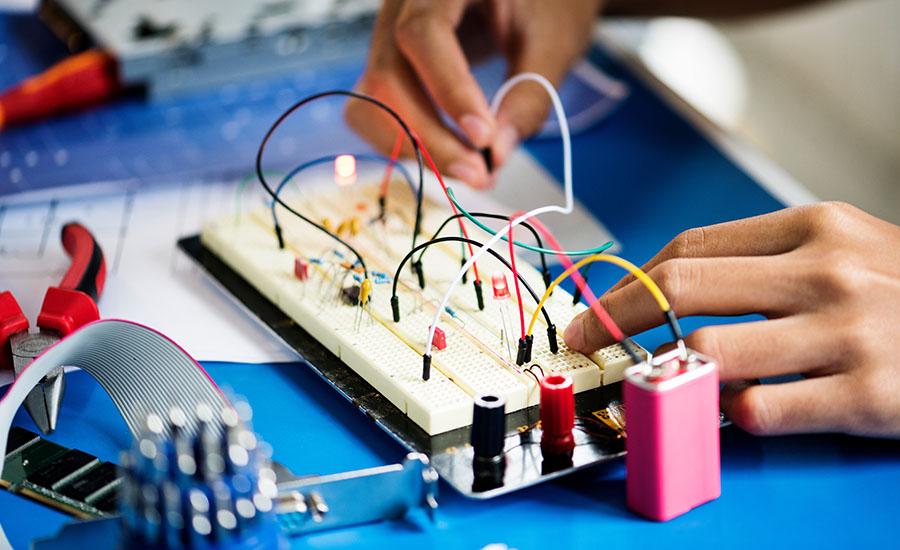
In this lesson plan, students will be able to investigate battery cells as they construct their own simple batteries: They will know that batteries are a common store of energy for many devices that

Students will be able to collaboratively build, and program a simple robot using Lego Spike Prime kits. Students will demonstrate basic skills in robotics and coding by successfully constructing their

The Parachute design lesson involves students learning about the engineering design process, air resistance, and parachute principles before planning and constructing their own parachutes. Through

Today students will continue their studies of simple block programming with the use of the Edison robot. Students will start using the barcode and then transition into block coding using Edscratch

In this lesson plan, students will make use of their knowledge about gravitational force and factors affecting it to design a stuffed mini parachute that will land the slowest from a given height


